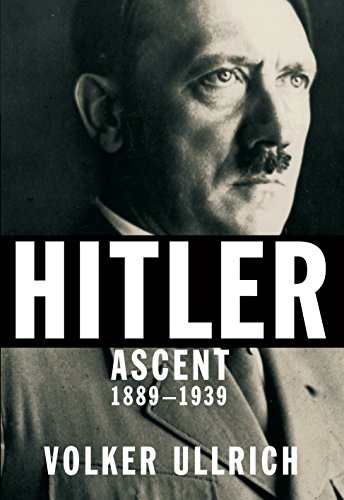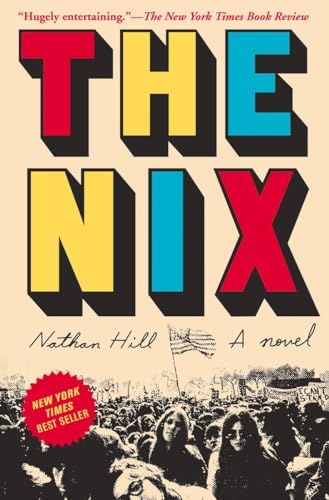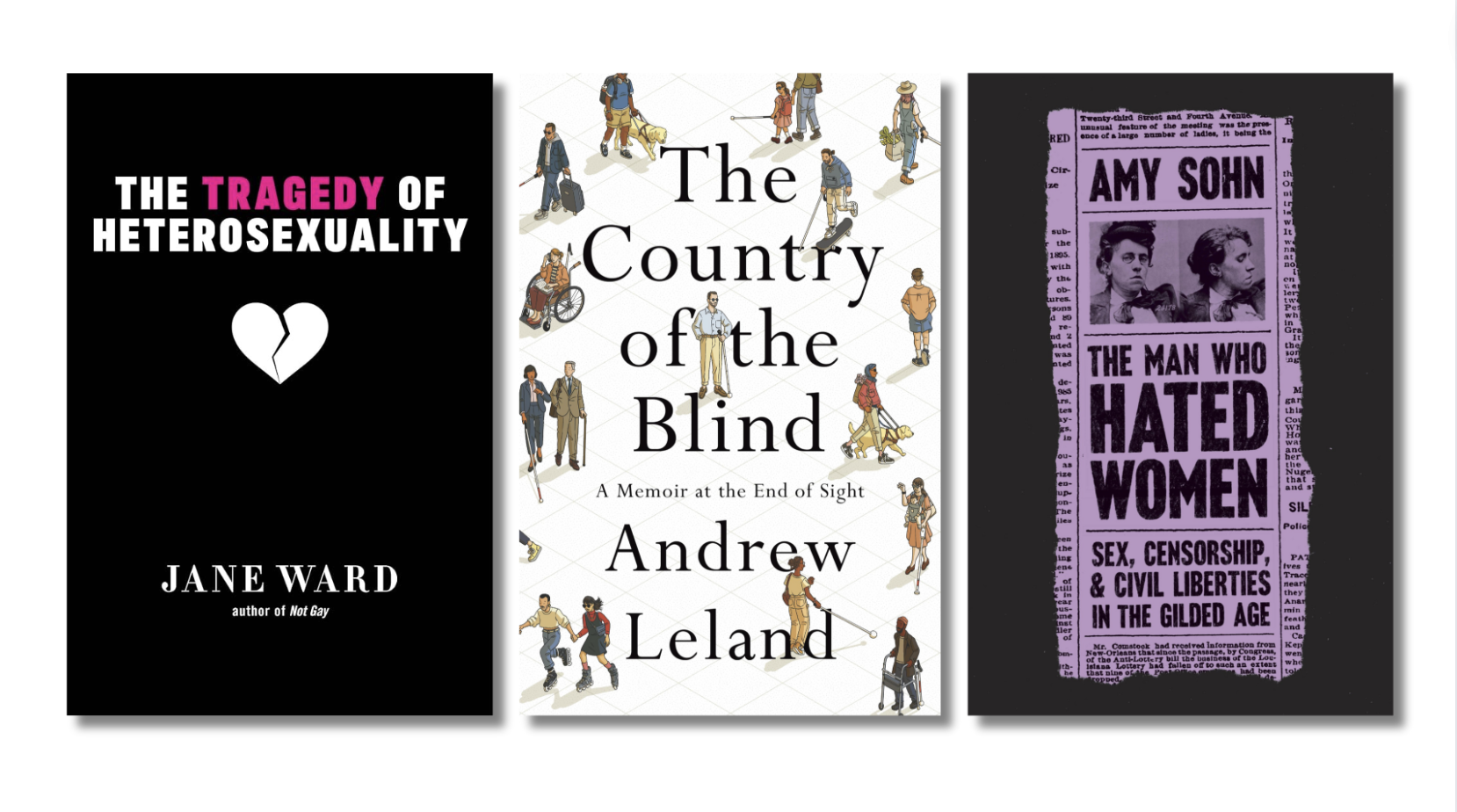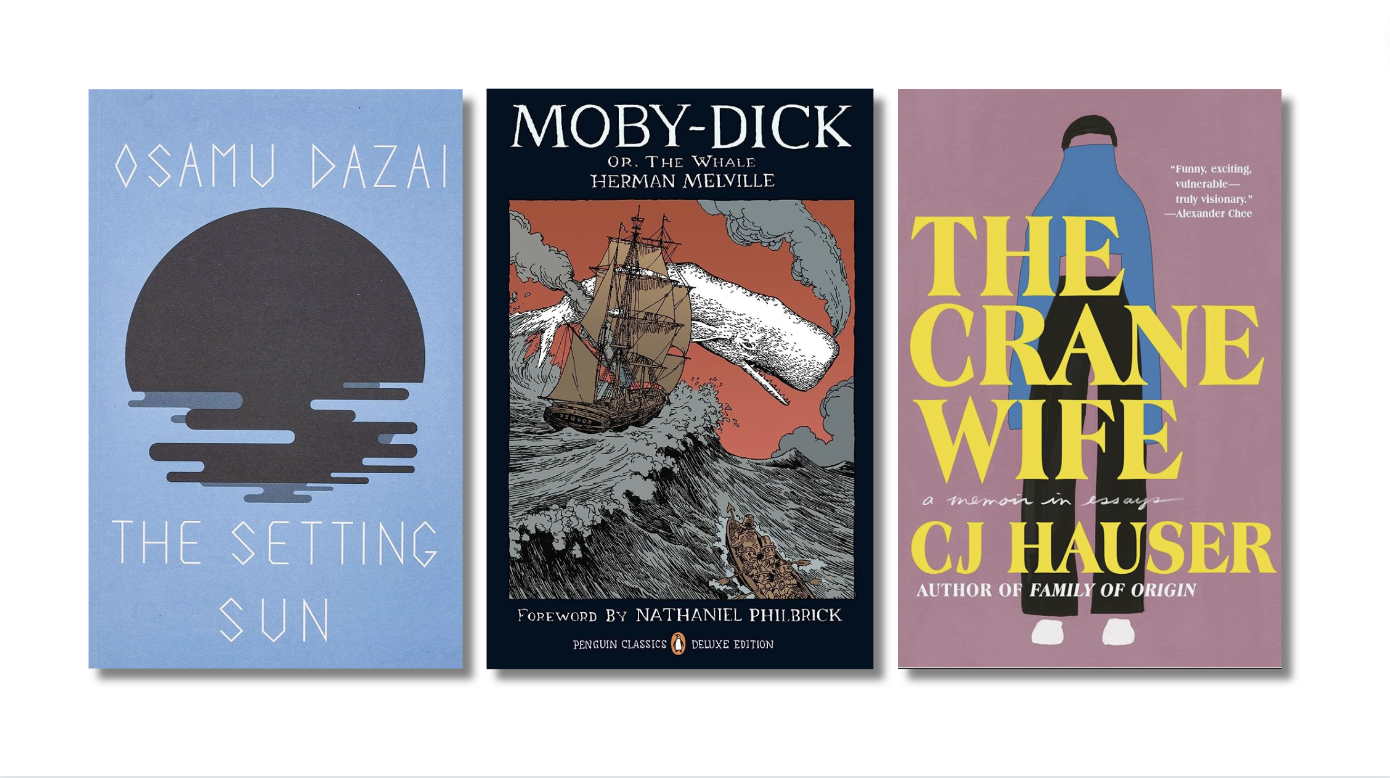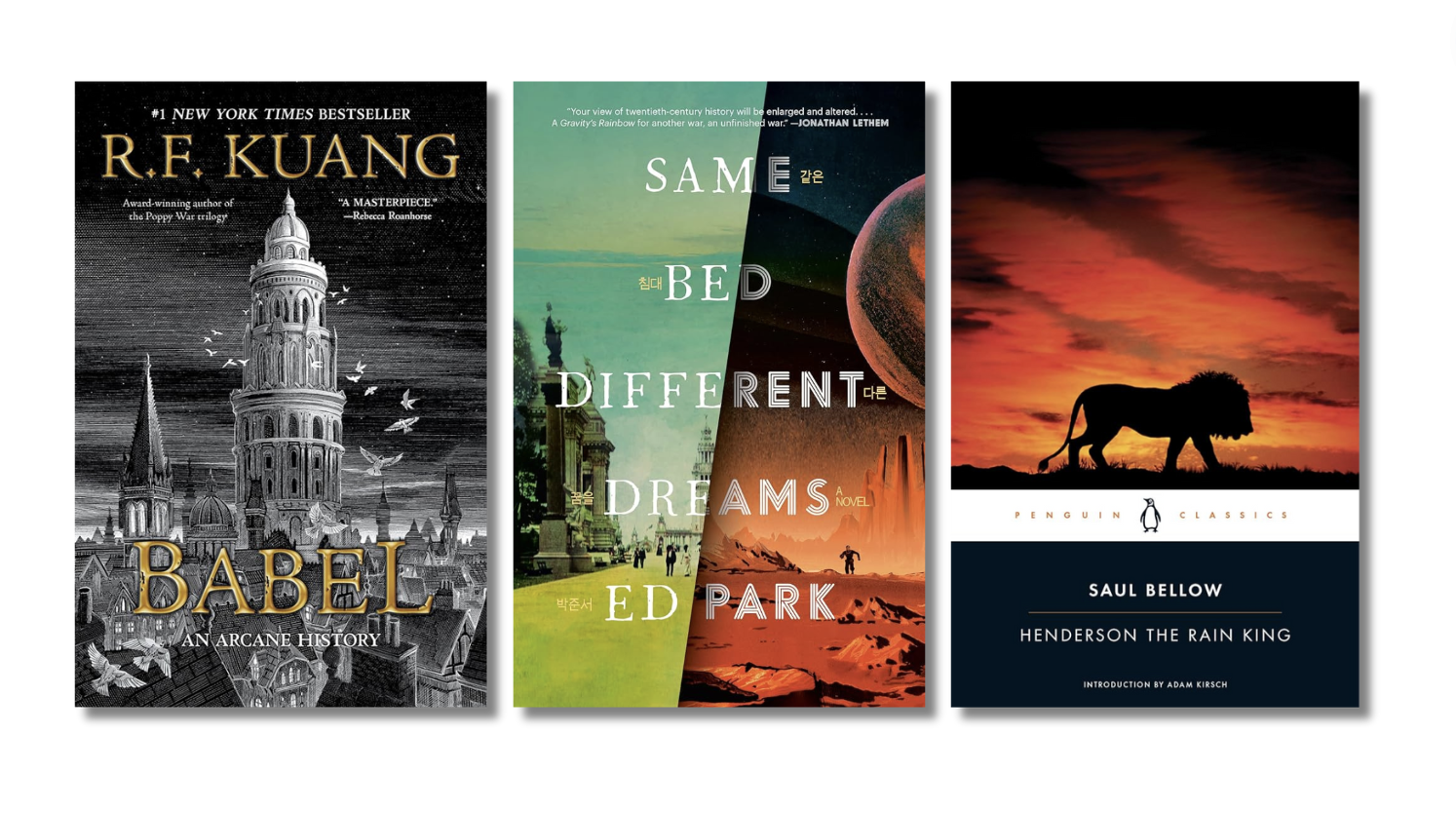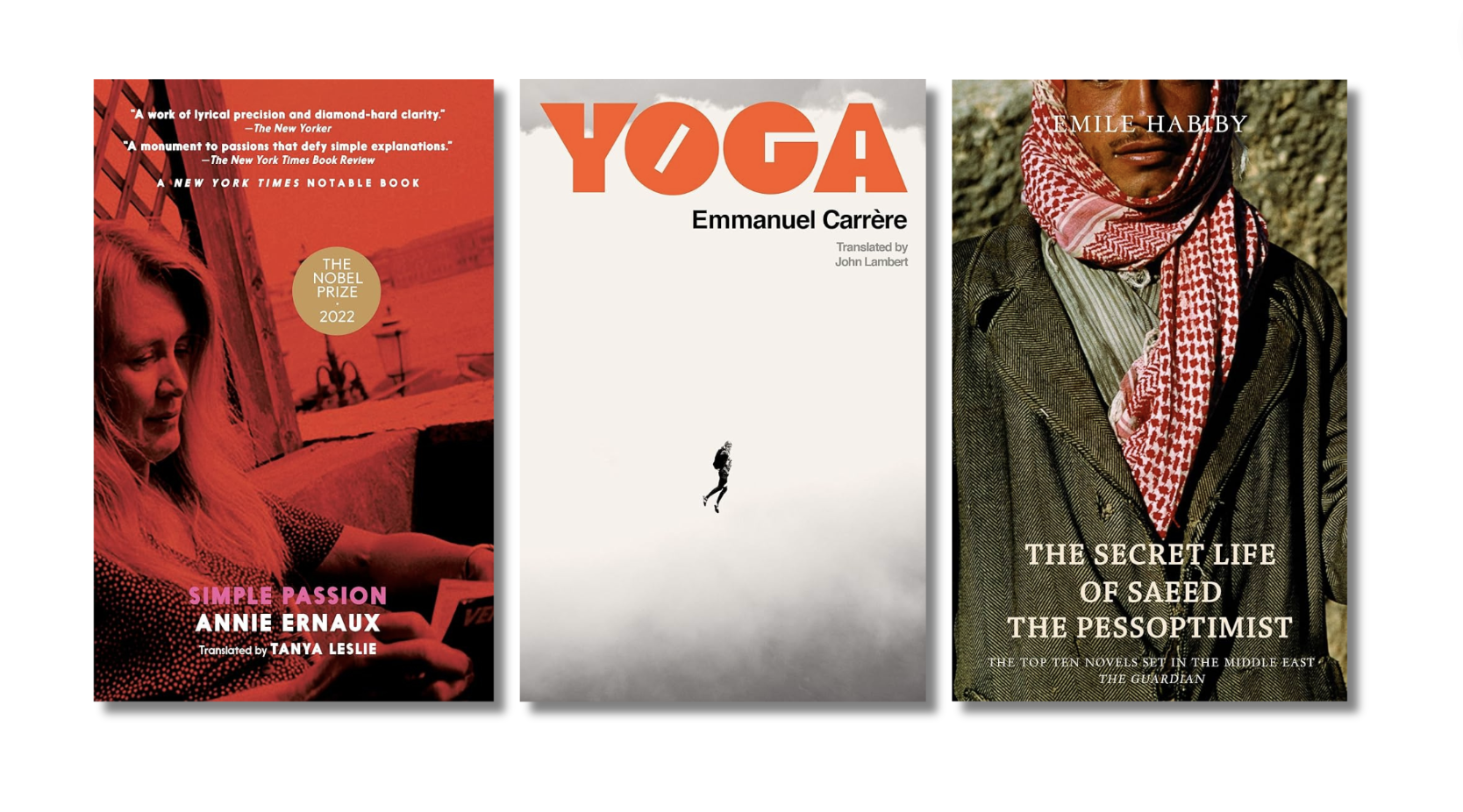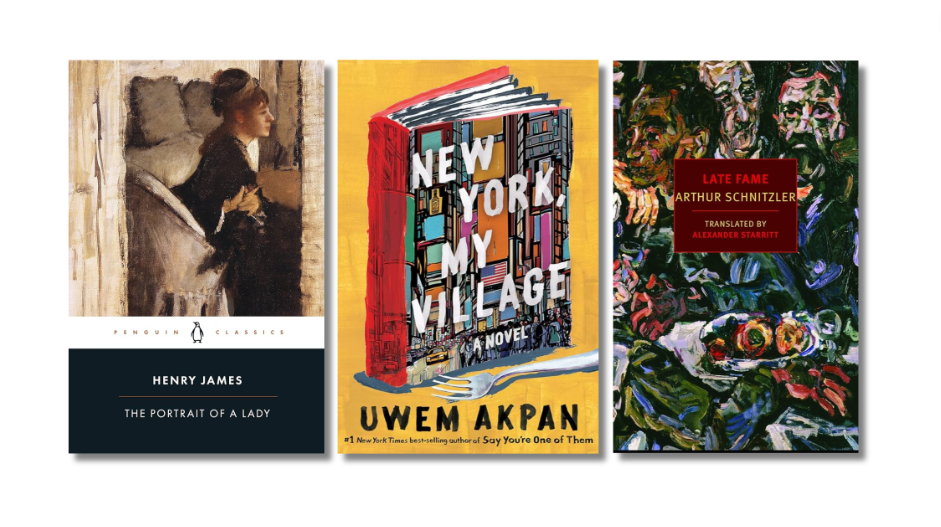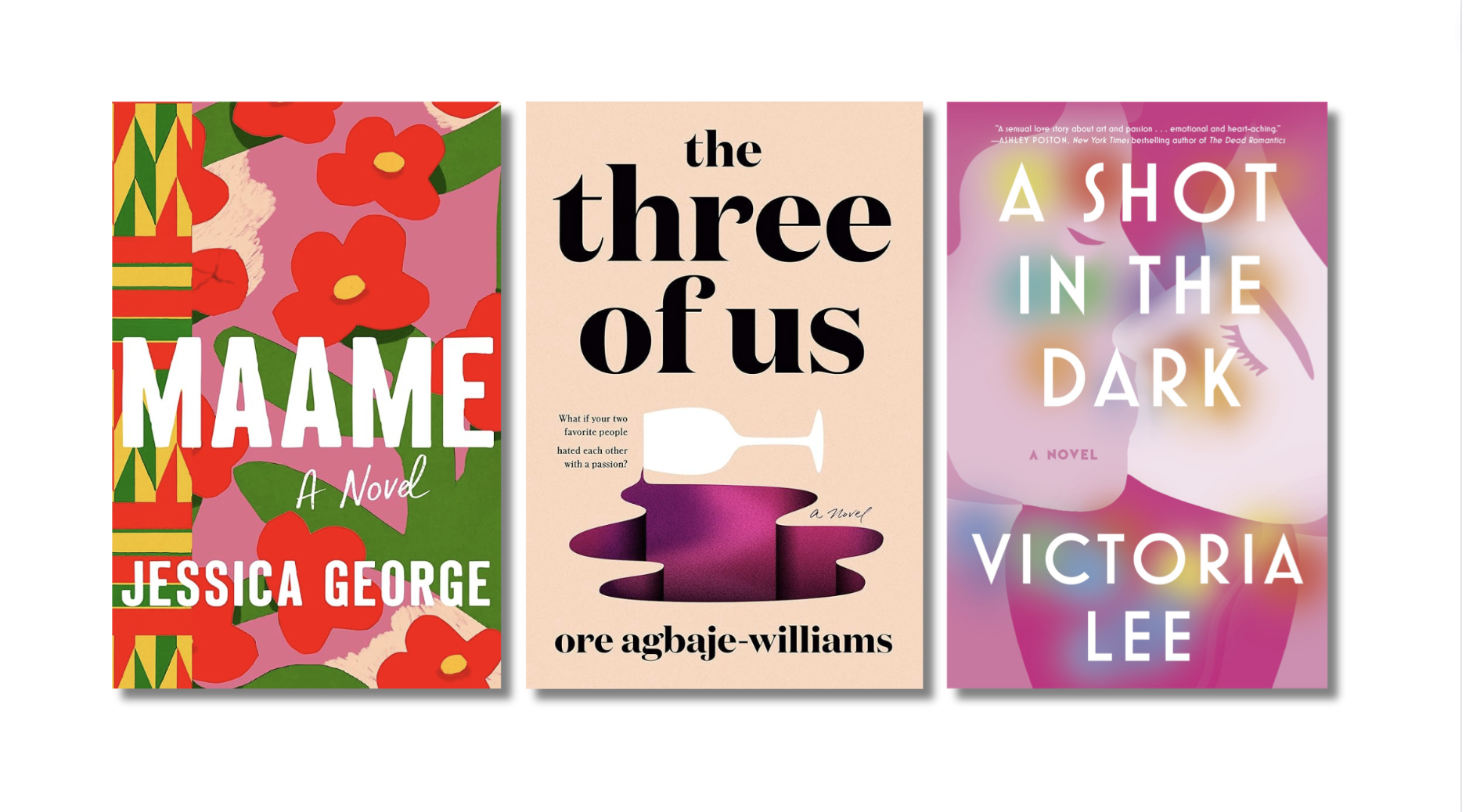The year I first swam in the Mediterranean. The year my wife became pregnant again. The year I finally finished Homage to Catalonia. The year I finally began a new novel. The year I fell in love with Diego Velázquez. The year of questionable decisions in a Neapolitan disco. The year I learned about kombucha. The year I would move overseas for a while. The year I would sometimes wonder why I’d ever come back. The year of the Trump hole. The year of YouTubing Mr. Rogers for self-medication. The year everybody needed to get the f*** off the Internet. The year of spectacular mid-Atlantic fall.
I’ve always believed in the idea of a zeitgeist, but there are years when the local topography feels especially entangled with the global map. 2016, for me at least, was not one of those. When I look back, I can’t avoid the sense of democratic crisis in Europe, or the open conflagration in the Middle East, or the airborne toxic event that was the U.S. presidential election. Winter may well be coming. Yet I also remember, at the more intimate level on which life is mostly lived, moments of mystery, adventure, and grace that seem connected to some other story entirely. Nowhere were those moments more readily available than in the books I chose to read. Perhaps it’s most accurate to say, then, that 2016 was a year that gave me plenty of reasons to keep reading.
 As ever, it’s hard to settle on a single title to recommend above any other, but I think I can get the list of absolute best things I read this year down to four. Around the start of a three-month sojourn in Barcelona, I tackled Javier Cercas’s The Anatomy of a Moment, and found it to be be one of the most penetrating, mature, and nuanced books about politics ever written. Cercas’s ostensible subject is the coup that nearly toppled Spain’s fragile democracy in the early ’80s. It’s a story he unfolds with a characteristic blend of factual scruple and novelistic technique: the pacing is Three Days of the Condor by way of 24 Hour Psycho. Underneath, though, is an argument about heroism that feels both true and profoundly at odds with our usual assumptions. In the context of a government of men, Cercas suggests, real and durable greatness is marked by compromises, trade-offs, disappointments, and missed opportunities, rather than their absence. Not to give away the ending, but maybe politics is more like real life than we’d like to imagine.
As ever, it’s hard to settle on a single title to recommend above any other, but I think I can get the list of absolute best things I read this year down to four. Around the start of a three-month sojourn in Barcelona, I tackled Javier Cercas’s The Anatomy of a Moment, and found it to be be one of the most penetrating, mature, and nuanced books about politics ever written. Cercas’s ostensible subject is the coup that nearly toppled Spain’s fragile democracy in the early ’80s. It’s a story he unfolds with a characteristic blend of factual scruple and novelistic technique: the pacing is Three Days of the Condor by way of 24 Hour Psycho. Underneath, though, is an argument about heroism that feels both true and profoundly at odds with our usual assumptions. In the context of a government of men, Cercas suggests, real and durable greatness is marked by compromises, trade-offs, disappointments, and missed opportunities, rather than their absence. Not to give away the ending, but maybe politics is more like real life than we’d like to imagine.
 While in Iberia, I also read José Saramago’s Blindness, and immediately regretted the 20 years it took me to pick it up. It, too, works as a kind of political allegory, with hard-to-miss Platonic overtones, but even more than Cercas, Saramago sees power relations as emergent properties of the whole rich mess of human experience: love, sex, death, community. That he can convey this richness with such impoverished means — the characters are all, for most of the novel, imprisoned in a building they can’t see — is a miracle of art. As beautiful and harrowing as its obvious model, The Plague (and for my money more lifelike in its intimacies), this is a novel people will still be reading in 100 years, if they’re still reading at all. Or indeed, still alive on planet Earth.
While in Iberia, I also read José Saramago’s Blindness, and immediately regretted the 20 years it took me to pick it up. It, too, works as a kind of political allegory, with hard-to-miss Platonic overtones, but even more than Cercas, Saramago sees power relations as emergent properties of the whole rich mess of human experience: love, sex, death, community. That he can convey this richness with such impoverished means — the characters are all, for most of the novel, imprisoned in a building they can’t see — is a miracle of art. As beautiful and harrowing as its obvious model, The Plague (and for my money more lifelike in its intimacies), this is a novel people will still be reading in 100 years, if they’re still reading at all. Or indeed, still alive on planet Earth.
 Another discovery for me this year, though of a different sort, was the Finnish-Swedish author and illustrator Tove Jansson. Best known for her ingenious Moomin comics, Jansson also wrote several books aimed at adults, including the The Summer Book. Not much happens in this portrait of a headstrong girl and her equally headstrong grandmother and the island where they spend their summers, but that’s the novel’s great virtue. The Summer Book is pure loveliness. The movements of tides and winds and boats and insects loom larger for our narrator than the currents of history, and the profound quiet of the setting — I’m reminded of Akhil Sharma’s description of a prose like “white light” — allows us to hear Jansson’s unsparing and ironic tenderness, a tone that remains purely her own, even in translation.
Another discovery for me this year, though of a different sort, was the Finnish-Swedish author and illustrator Tove Jansson. Best known for her ingenious Moomin comics, Jansson also wrote several books aimed at adults, including the The Summer Book. Not much happens in this portrait of a headstrong girl and her equally headstrong grandmother and the island where they spend their summers, but that’s the novel’s great virtue. The Summer Book is pure loveliness. The movements of tides and winds and boats and insects loom larger for our narrator than the currents of history, and the profound quiet of the setting — I’m reminded of Akhil Sharma’s description of a prose like “white light” — allows us to hear Jansson’s unsparing and ironic tenderness, a tone that remains purely her own, even in translation.
 The fourth of my European discoveries this year was Christopher Isherwood. I was on my way to Berlin and, like the guy who wears the concert tee-shirt to the actual concert, decided to take Goodbye to Berlin. What drew me in initially was Isherwood’s (to my ear) flawless prose, which by itself would put him in a select group of 20th-century English novelists. But the real rewards were the book’s surprising scope and depth. For my money, Isherwood and his fictional avatar cast a more comprehensive eye on their moment than Evelyn Waugh or Henry Green or even Graham Greene. The novel walks the tragicomic line with an irreproachable poker face, and so maybe sets an example for us all in these shall-we-say interesting times.
The fourth of my European discoveries this year was Christopher Isherwood. I was on my way to Berlin and, like the guy who wears the concert tee-shirt to the actual concert, decided to take Goodbye to Berlin. What drew me in initially was Isherwood’s (to my ear) flawless prose, which by itself would put him in a select group of 20th-century English novelists. But the real rewards were the book’s surprising scope and depth. For my money, Isherwood and his fictional avatar cast a more comprehensive eye on their moment than Evelyn Waugh or Henry Green or even Graham Greene. The novel walks the tragicomic line with an irreproachable poker face, and so maybe sets an example for us all in these shall-we-say interesting times.


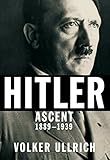 Later, back on U.S. soil, I found myself allergic to my traditional time-waster, the newspaper, and so tried to escape into the news of other periods, to restore some perspective. Around the time of the party conventions, I read Miami and the Siege of Chicago, and (though it’s an odd kind of compliment) found it to be Norman Mailer’s most disciplined performance, and one that still resonates today. Barbarians at the Gate, which I found for a dollar at a library book sale in Maine, has likewise aged well, in part because the rank self-dealing it depicts now seems a kind of national ethos. As for Volker Ullrich’s Hitler: The Ascent…well, I guess it says something that I turned to this for refuge. Much was made earlier this year of certain historical parallels, but even as it reminds us that “it can happen here,” the book is also detailed enough to illuminate the ways it’s not happening here, not yet, and needn’t ever, unless we let it.
Later, back on U.S. soil, I found myself allergic to my traditional time-waster, the newspaper, and so tried to escape into the news of other periods, to restore some perspective. Around the time of the party conventions, I read Miami and the Siege of Chicago, and (though it’s an odd kind of compliment) found it to be Norman Mailer’s most disciplined performance, and one that still resonates today. Barbarians at the Gate, which I found for a dollar at a library book sale in Maine, has likewise aged well, in part because the rank self-dealing it depicts now seems a kind of national ethos. As for Volker Ullrich’s Hitler: The Ascent…well, I guess it says something that I turned to this for refuge. Much was made earlier this year of certain historical parallels, but even as it reminds us that “it can happen here,” the book is also detailed enough to illuminate the ways it’s not happening here, not yet, and needn’t ever, unless we let it.


 As for contemporary fiction, I read a lot of what you might call flaneurial fiction, fiction in the shadow of W.G. Sebald’s The Rings of Saturn, and maybe Robert Walser’s The Walk. I finally read, for example, Teju Cole’s Open City, a New York novel of exquisite intelligence and refinement, weaving together urban anomie, the history of Dutch colonialism, and the aftermath of September 11. I read Valeria Luiselli’s haunting debut, Faces in the Crowd (which does the same for Harlem, potted plants, and Federico García Lorca), and Álvaro Enrigue’s psychedelic Sudden Death (Michelangelo Merisi da Caravaggio, tennis, the conquest of the Americas). Then, in search of further antecedents, I read, belatedly, Enrique Vila-Matas’s Bartleby & Co., whose wit and melancholy sent me on a Vila-Matas bender.
As for contemporary fiction, I read a lot of what you might call flaneurial fiction, fiction in the shadow of W.G. Sebald’s The Rings of Saturn, and maybe Robert Walser’s The Walk. I finally read, for example, Teju Cole’s Open City, a New York novel of exquisite intelligence and refinement, weaving together urban anomie, the history of Dutch colonialism, and the aftermath of September 11. I read Valeria Luiselli’s haunting debut, Faces in the Crowd (which does the same for Harlem, potted plants, and Federico García Lorca), and Álvaro Enrigue’s psychedelic Sudden Death (Michelangelo Merisi da Caravaggio, tennis, the conquest of the Americas). Then, in search of further antecedents, I read, belatedly, Enrique Vila-Matas’s Bartleby & Co., whose wit and melancholy sent me on a Vila-Matas bender.


 In a somewhat different vein, I read Amit Chaudhuri’s beautiful Odysseus Abroad and Geoff Dyer’s Jeff in Venice, Death in Varanasi. These are flaneurial novels in the sense of being plotless, but for the essayistic digressions of a Cole or a Luiselli, they substitute the momentum of a quest, a walk with a destination. And each, I think, further complicates the ongoing debate about fictiveness and authenticity. Though neither hides its “reality hunger,” exactly, each deploys on its autobiographical material a novelistic imagination as powerful as anything in Charles Dickens…it’s just tucked in the corners, where you don’t quite notice it. The result in each case is a work where the world and the word are beautifully in balance. (In August, when I finally got around to Paula Fox’s Desperate Characters, I was reminded that this subtle form of transformation is an old-fashioned form of magic.)
In a somewhat different vein, I read Amit Chaudhuri’s beautiful Odysseus Abroad and Geoff Dyer’s Jeff in Venice, Death in Varanasi. These are flaneurial novels in the sense of being plotless, but for the essayistic digressions of a Cole or a Luiselli, they substitute the momentum of a quest, a walk with a destination. And each, I think, further complicates the ongoing debate about fictiveness and authenticity. Though neither hides its “reality hunger,” exactly, each deploys on its autobiographical material a novelistic imagination as powerful as anything in Charles Dickens…it’s just tucked in the corners, where you don’t quite notice it. The result in each case is a work where the world and the word are beautifully in balance. (In August, when I finally got around to Paula Fox’s Desperate Characters, I was reminded that this subtle form of transformation is an old-fashioned form of magic.)

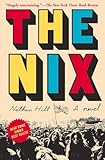
 As for current fiction that more fully gratifies my own imagination hunger, I can point to Javier Marías’s Thus Bad Begins, a tour de force of wit, suspense, and history. I can point to Nathan Hill’s The Nix, whose disparate concerns — video games, parental neglect, political anger — are bound together by the warmth, charm, and wit of the author’s voice. And I can point to Don DeLillo’s Zero K, whose extraordinary final pages seem a capstone for the author’s work of the last 20 years. To quote DeLillo himself (writing of Harold Brodkey), it’s been one of “the great brave journeys of American literature.”
As for current fiction that more fully gratifies my own imagination hunger, I can point to Javier Marías’s Thus Bad Begins, a tour de force of wit, suspense, and history. I can point to Nathan Hill’s The Nix, whose disparate concerns — video games, parental neglect, political anger — are bound together by the warmth, charm, and wit of the author’s voice. And I can point to Don DeLillo’s Zero K, whose extraordinary final pages seem a capstone for the author’s work of the last 20 years. To quote DeLillo himself (writing of Harold Brodkey), it’s been one of “the great brave journeys of American literature.”
 Finally, speaking of great, brave journeys, I can’t look back on this year without talking about Go Down, Moses. I’ve been reading my way through the Faulkner oeuvre for almost 20 years now, and am down to what I think of as the “third shelf;” soon I’ll be left with only Requiem for a Nun and Soldier’s Pay. I’ve put off reading GD,M in its entirety because many of the short stories it collects are available in other forms; I don’t know how many different versions of “The Bear” I’ve read in my lifetime. But Go Down, Moses, taken as a whole, is really a novel, and one that reminds me of all the novel can do, as in this description of Sam Feathers’s wilderness grave:
Finally, speaking of great, brave journeys, I can’t look back on this year without talking about Go Down, Moses. I’ve been reading my way through the Faulkner oeuvre for almost 20 years now, and am down to what I think of as the “third shelf;” soon I’ll be left with only Requiem for a Nun and Soldier’s Pay. I’ve put off reading GD,M in its entirety because many of the short stories it collects are available in other forms; I don’t know how many different versions of “The Bear” I’ve read in my lifetime. But Go Down, Moses, taken as a whole, is really a novel, and one that reminds me of all the novel can do, as in this description of Sam Feathers’s wilderness grave:
the tree, the other axle-grease tin nailed to the trunk, but weathered, rusted, alien too yet healed already into the wilderness’ concordant generality, raising no tuneless note, and empty, long since empty of the food and tobacco he had put into it that day, as empty of that as it would presently be of this which he drew from his pocket — the twist of tobacco, the new bandanna handkerchief, the small paper sack of the peppermint candy which Sam had used to love; that gone, too, almost before he had turned his back, not vanished but merely translated into the myriad life which printed the dark mold of these secret and sunless places.
The dark mold, the secret and sunless places, yes, but also the axle-grease and the peppermint candy, the specific, local, and alive, and the living generality that heals it all together. It’s an act of imagination on Faulkner’s part, and on his reader’s, but no less real — in fact more real — for it. And maybe in the most sunless part of this generally dark year, that’s reason enough for hope.
More from A Year in Reading 2016
Don’t miss: A Year in Reading 2015, 2014, 2013, 2012, 2011, 2010, 2009, 2008, 2007, 2006, 2005




